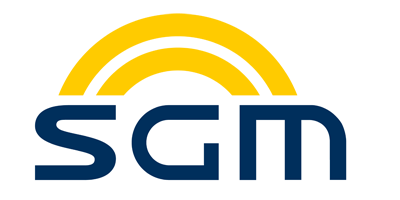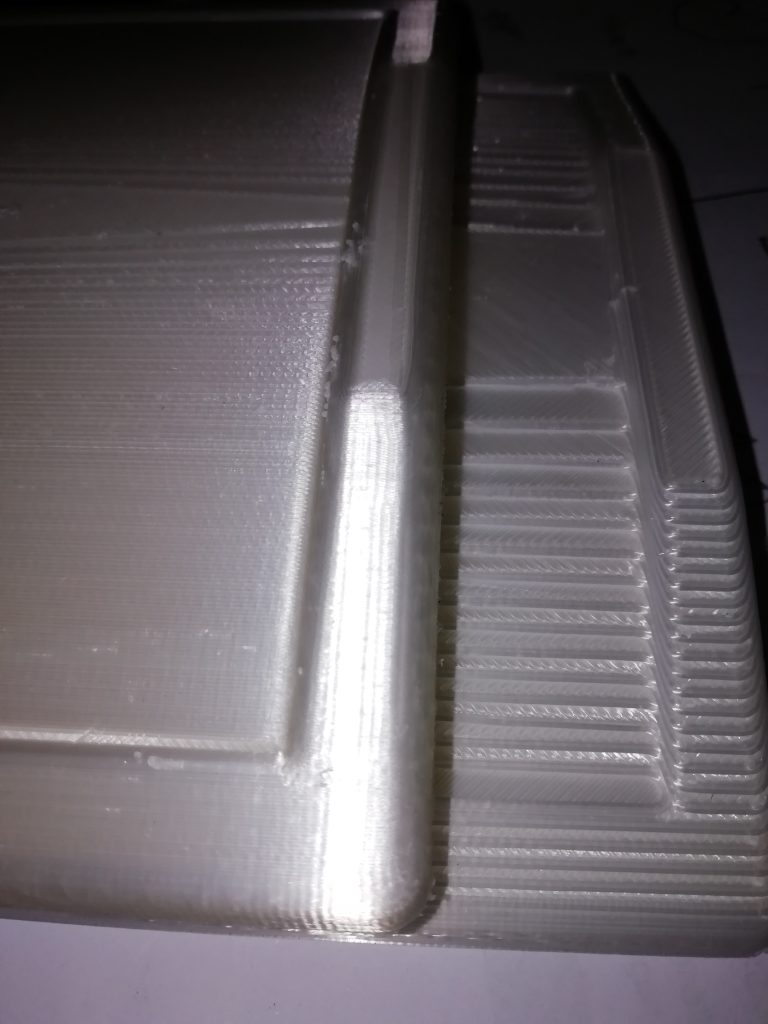non-planer 3d printing is one of the topics that we are going to hear a lot in near future about it and, I belive it will be revolutionary change for home users of this technology.
but what is non-planer 3d printing?
Non-planar 3D printing, sometimes referred to as multi-axis or multi-directional 3D printing, is a manufacturing process that deviates from the conventional layer-by-layer method used by the majority of 3D printers. Each layer is normally put one on top of the other in a flat, planar manner during traditional 3D printing. On the other hand, non-planar 3D printing enables the deposition of material in a variety of orientations and angles, including curves and overhanging surfaces.
Non-planar 3D printing is significantly important because it makes it possible to produce intricate, curved, and freeform structures that are difficult or impossible to make with conventional planar 3D printing techniques. The importance of non-planar 3D printing can be seen in the following ways:
- Design Flexibility: With non-planar 3D printing, designers can build complex, organic shapes that were previously difficult or impossible to produce. This creates new opportunities across a range of sectors, including aircraft, architecture, and the design of medical devices.
- Better Structural Integrity: By coordinating material deposition with the object’s load-bearing requirements, non-planar printing enables the optimisation of structures. Stronger, lighter, and more effective parts may be produced as a result.
- Less Material Waste: Non-planar 3D printing can reduce material waste by accurately positioning material just where it is required, making the process more economical and ecologically beneficial.
- Customization: It makes it possible to alter goods and parts to better suit unique requirements or particular uses, such as creating custom orthopaedic implants or creating custom prostheses.
- Art & sculpture: Using non-planar 3D printing, artists and sculptors may build detailed and one-of-a-kind works of art that were previously difficult to produce using conventional techniques.
- Functional Integration: Using non-planar printing, it is possible to combine several functionalities into a single 3D-printed item, for as by including fluid channels or electronics.
Overall, non-planar 3D printing increases design freedom and broadens the range of products that may be produced using additive manufacturing technology.


